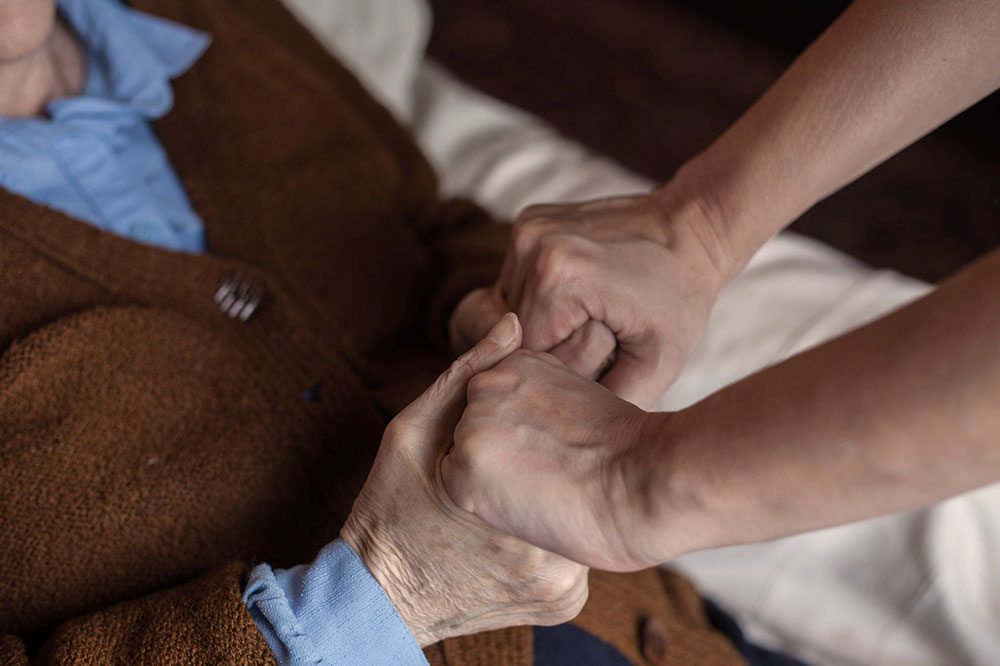
Spinal Muscular Atrophy – Stages and Symptoms
Spinal muscular atrophy (SMA) results in weakness and muscle wasting. Patients suffering from this disorder may find it difficult to walk, stand, and control head movements. Some patients may even have difficulties swallowing and breathing.
Discussed herein are the various stages and symptoms of Spinal muscular atrophy:
SMA Type 1
Popularly also known as Werdnig-Hoffman disease, it is a severe disorder and appears before the age of six months. The child may have breathing issues from birth and if not treated in time may prove fatal. Symptoms include
- Twitching and muscle weakness
- Difficulties for the baby while feeding
- Inability to move the limbs
- Curvature in the spine
Newer treatments like disease-modifying therapies (DMTs) enable children with SMA Type 1 to be able to walk and sit.
SMA Type 2
Popularly also known as the Dubowitz disease, it appears in the age between six and 18 months of a baby. The common symptom is that the baby may sit up but will be unable to walk or stand. Without proper treatment, the patient may lose his or her ability to sit up. DMTs can help but the life expectancy depends on the presence or absence of breathing issues.
SMA Type 3
It is commonly referred to as Kugelberg-Welander disease and appears after the child is 18 months old. Common symptoms include
- Contractures or scoliosis, which is the shortening of tendons and muscles limiting the free movements of the limbs.
- Most patients are able to walk but will have an uncommon gait.
- Difficulties while climbing stairs, running, or standing from a chair.
- Patients may also have tremors in their fingers.
- Higher risks of respiratory infections.
Adult or type 4 SMA
This SMA sets in after the age of 21 and is very rare. Its most common symptoms include
- Mild to moderate proximal weakness
- Affects the muscles closer to the body’s center
Some of the common symptoms of SMA depend on the age of the patient, its type, and severity of the condition. Here are four common signs of SMA:
- Difficulty to stand, walk, and sit.
- Changes in the shape of the spine, limbs, and chest caused by muscle weakness.
- Muscle twitching and weakness.
- Difficulties while swallowing and breathing.
In most patients, the legs tend to become weaker before the disease affects their arms. Although the arms may eventually weaken, patients are often able to perform basic functions.
In all stages of SMA, the severest conditions are muscle wasting and weakening. This occurs because motor neurons (nerves controlling the movement) are not able to send the signal to the muscles to contract. Normal motor neurons send signals from the spinal cord to the various muscles through the axon. The motor neuron or the axon does not function smoothly in SMA patients affecting the muscles.
Spinal muscular atrophy is a degenerative condition and symptoms get worse over the years. Most of the changes are not symptoms but complications due to the weakening of the muscles. These are the stages and symptoms of spinal muscular atrophy in detail.



